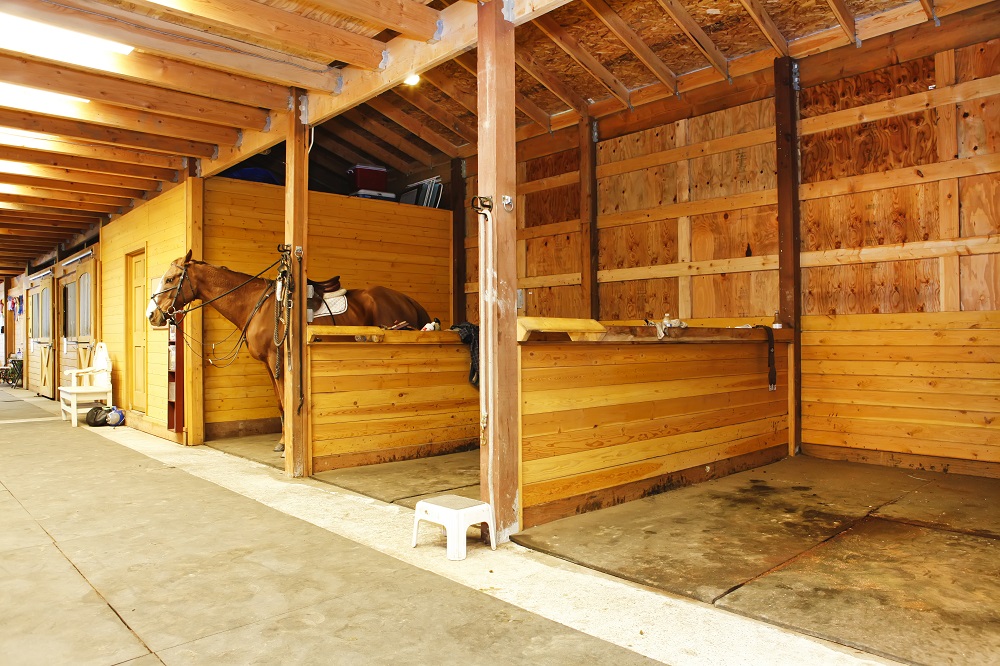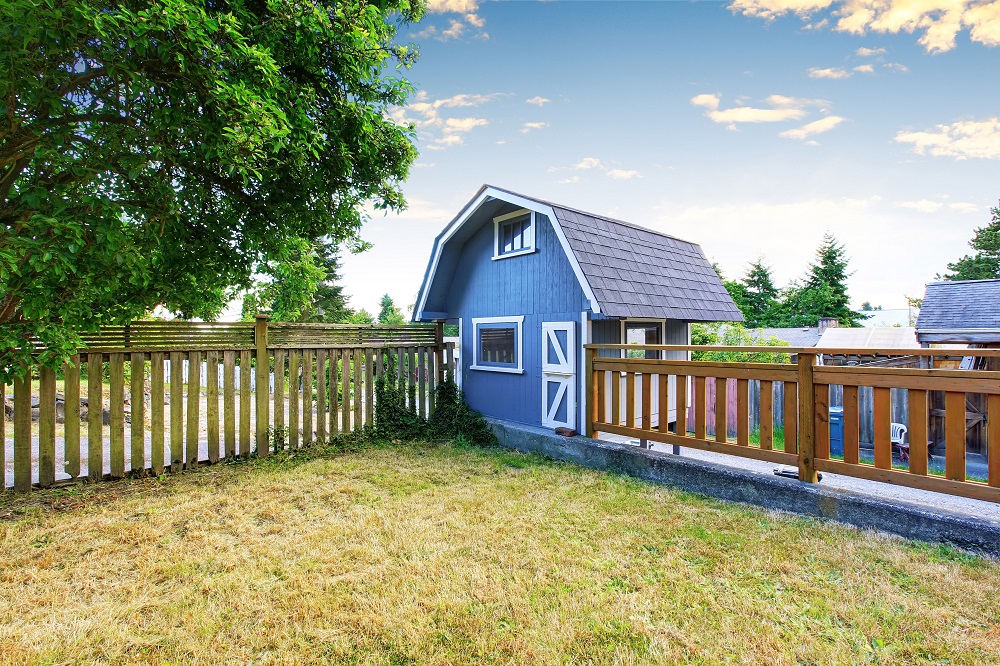Table of Contents
It is still difficult to understand why a horse stable was mostly dark and musty in the olden days. The requirements that horses needed for a healthy life and full performance were often completely overlooked.
Unfortunately, such and similar horse stables and barns still exist today. But most barns and horse owners place more and more value on healthy, species-appropriate husbandry. A box with a view, terrace or large spout – everything is possible. All you need is some of those American barns that provide you with the best place to keep your horses in.
The Origin Determines The Climate In The Horse Stable

The horse comes out of the barns! That means fresh air, lots of space, food in moderation and narrow herd formation. They were unfamiliar with harmful gases such as ammonia, which is formed in the manure from the decomposing urea, dust and germs from straw and hay, and warm temperatures all year round.
Your entire organism was perfectly adapted to this life. It is no different today. As a former stable animal, the horse has a high need for light and fresh air. His large, powerful lungs rely on an extensive supply of fresh air to stay healthy and functional. Regardless of the breed, unique mechanisms are inherent in horses to adapt to the ambient temperature.
Facts Stable Climate
This results in certain requirements for an optimal horse barn. Regardless of whether horsebox or an active stable. The house temperature should follow the outside temperature on a daily and yearly basis, avoiding extreme values. Constant stall temperatures reduce the horse’s natural thermoregulation. This can be achieved by American barns easily.
Humidity And Air Circulation
The air humidity is about 60 to 80 per cent of the optimal relative air humidity. This is the time when bacteria, moulds and parasites enjoy ideal living and reproductive conditions. For example, worms too: For larvae, moist walls are part of their development cycle – they crawl up the walls and are licked there by the horses. Excessive humidity should, therefore, be avoided in order not to create a breeding ground for pests. Air that is too dry, on the other hand, favours dust formation and irritates the mucous membranes of the respiratory tract.
On the other hand, American barns can assure of no such discrepancies for the horse.
Natural Light And Lighting

Sunlight is an essential factor for horses. The entire UV spectrum of the sun has a positive influence on the horse’s behaviour, resistance, performance and fertility. Since artificial light does not contain the whole spectrum, every horse should be able to go outdoors every day.
The lighting in the horse stable should be able to deliver at least over eight hours a day. American barns are just capable of providing that.
Warning: Harmful Gases
Carbon dioxide concentration: This is automatically contained in the air that the horse exhales and thus an indicator of the air conditions in the stable. Increased values indicate insufficient ventilation and usually occur in combination with bacteria and dust.
Ammonia: Considered the most harmful gas in horse stables and is caused by the bacterial decomposition of faeces and urine.
Water Is Life
The water requirement of an adult horse is 30 to 60 litres per day. Horses prefer a water temperature between eight and twelve degrees. How often and how much horses drink depends on the ambient temperature.
Conclusion
Horses are the ultimate aid to a lot of farmers all over the Australian mainland. The best options to store these creatures is none other than the American barns. These are made with extreme care and to provide the best facilities to animals living within.



